Travel around St. Petersburg No 36. The Emperor's own country house. Собственная Императорская дача
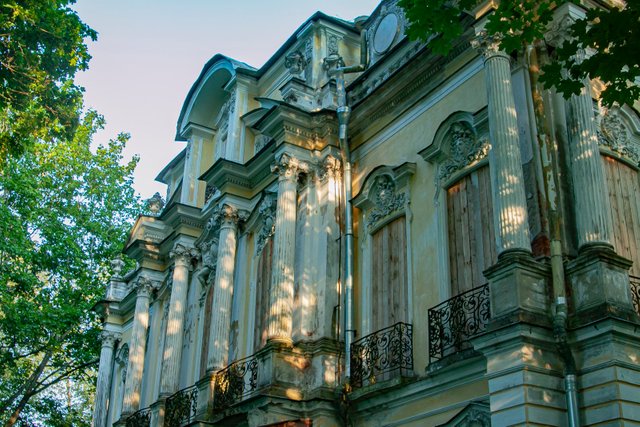
Hello everybody! Today I will tell you about how in August my daughter and I traveled through the suburbs of St. Petersburg and looked into Sergievka Park, not far from Old Peterhof. Today we will talk about a small estate, which, despite its small size, has a very unusual and rich history. This is His Imperial Majesty's own house or cottage.
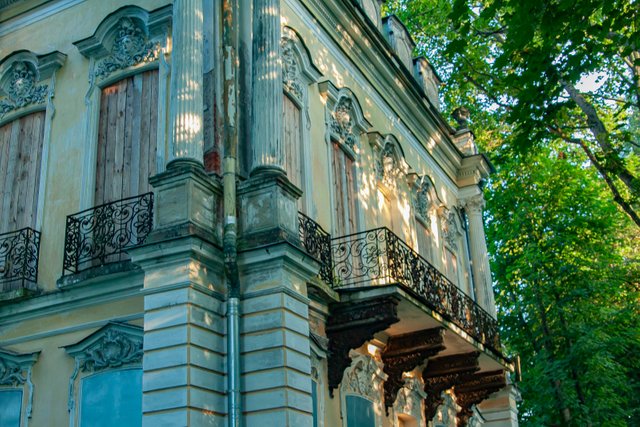
ONLINE REFERENCE: The construction of a "Private cottage" on the territory of Peterhof began in 1727, after the occupation of the throne by Peter II. His former tutor A. G. Dolgorukov began building a stone palace here. In 1727-1729, the first palace and park ensemble, called the Seaside Cottage, appeared here. The center of the ensemble's composition was a two-story stone house. Presumably, the author of the architectural project was Carlo Giuseppe Trezzini. After the death of Peter II, in 1733 The estate was transferred by Empress Anna Ioannovna to the outstanding religious and public figure Feofan Prokopovich, who began to expand it.
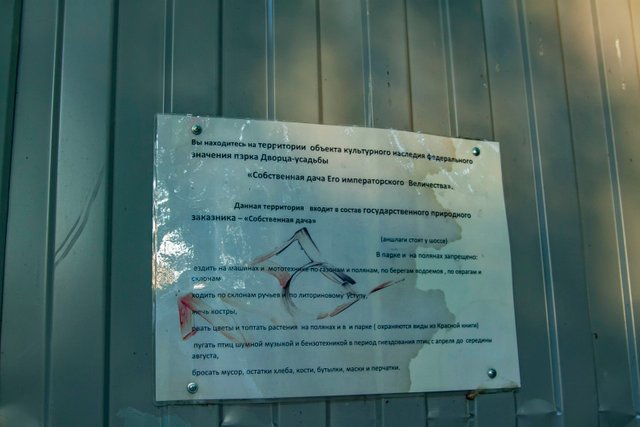
Once, in the late 90s, I wandered here, walking alone, not knowing much about what can be found in this park. It was interesting for me to explore these places, like an ancient conquistador who is wading through the impenetrable American jungle in search of the city of El Dorado. In fact, everything here already resembles the ancient buildings of past civilizations. Only a recently restored church located nearby is being knocked out of the neglected state in which everything here is still located.
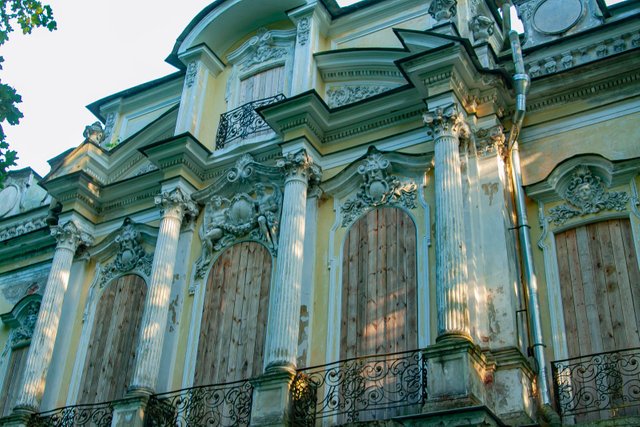
At its core, the Emperor's own country house resembles a sturdy and beautifully built house. A large family could be accommodated here to relax away from the hustle and bustle of the city and away from the large pompous palaces of Peterhof and Tsarskoye Selo. It is in such a place that it is great to spend your vacation, especially if the area adjacent to the house is well maintained.
But that was how it was here once.
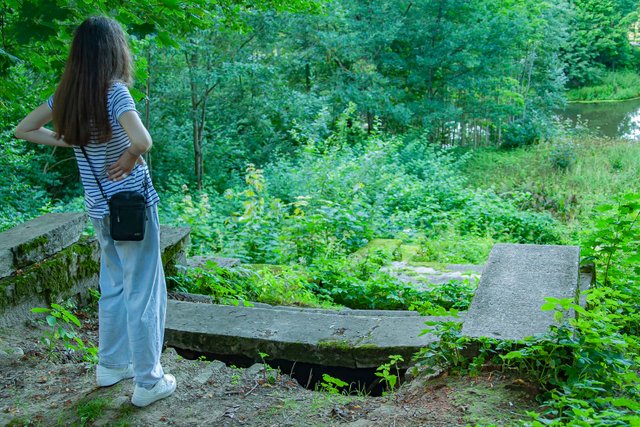
ONLINE REFERENCE: In 1843, Nicholas I granted His own cottage to the heir to the throne, Grand Duke Alexander Nikolaevich, and extensive work began on the reconstruction of the ensemble. In 1844-1850, the palace was rebuilt according to the project of A. I. Stackenschneider. It received a third, attic floor, the facades were decorated in neo-Baroque style. The marine and garden facades were accentuated by four atlantes, columns and a complex pediment. As well as the facades of the building, its interiors were given features typical of Baroque architecture.
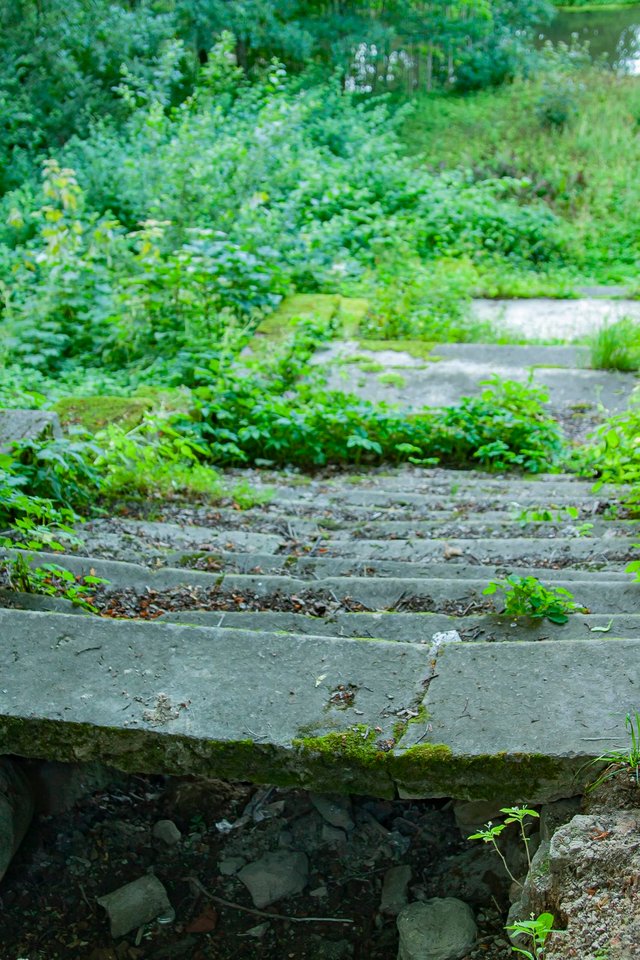
Over the years, this house has served its owners well. If you look at the photographs and reproductions of ancient watercolors of those times, everything was like in a small palace: beautiful furnishings, rich interiors with gilding in the Baroque style, there was also a beautiful garden and a park with sculptures. But gradually it all fell into disrepair. After the October Revolution, there was a museum here, which existed until the Great Patriotic War. During the blockade, the building was severely damaged.
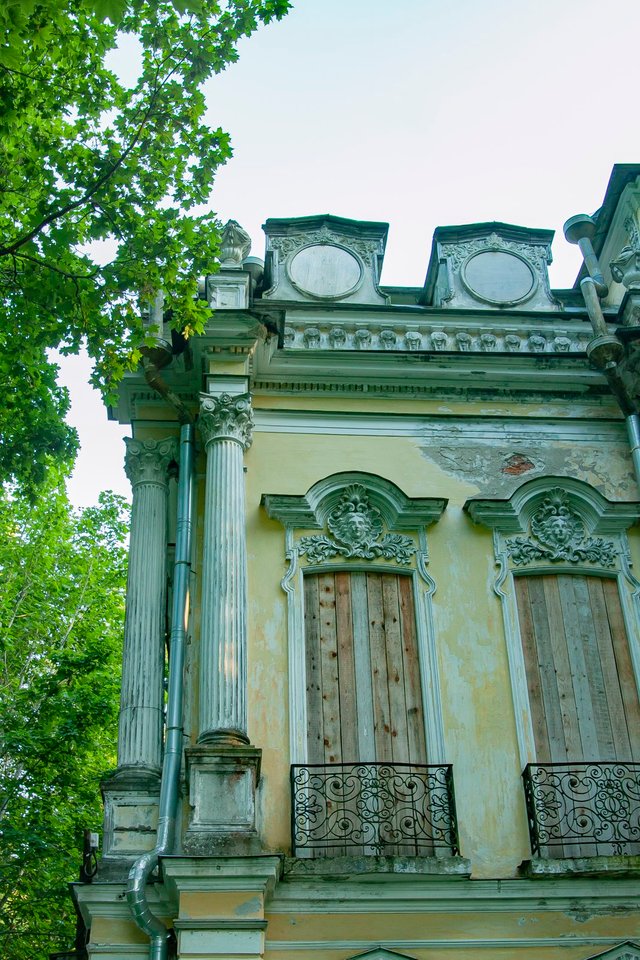
In the 60s of the last century, the cottage began to be restored. It was completely put in order, restoring it almost entirely as it was before. But this place was not very popular with tourists, so at some time the building of the cottage was transferred to the Department of culture, later various public organizations were located here, and by the 80s the building was completely abandoned. It was only in 2012 that restoration work resumed here. Now the building is under conservation, there is practically no work being done here. Most likely, the problem is insufficient funding and it is hoped that in the coming years everything will be restored again. And then Sertievka Park will shine again in all its former glory.
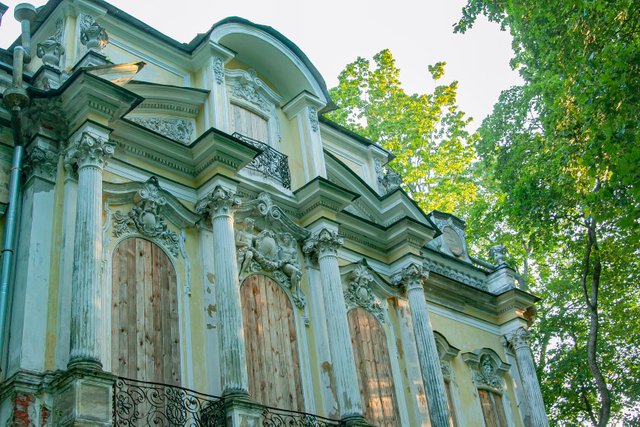
Привет всем! Сегодня я расскажу о том, как в августе мы с дочкой путешествовали по пригородам Петербурга и заглянули в парк Сергиевка, недалеко от Старого Петергофа. Сегодня речь пойдёт о небольшой усадьбе, которая при своих небольших размерах имеет очень необычную и богатую историю. Это - собственный дом или дача Его Императорского Величества.

СПРАВКА ИЗ СЕТИ: Строительство на территории петергофской "Собственной дачи" началось в 1727 г., после занятия престола Петром II. Его бывший воспитатель А. Г. Долгоруков начал здесь строить каменный дворец. В 1727-1729 гг. здесь появился первый дворцово-парковый ансамбль, носивший названия Приморская дача. Центром композиции ансамбля стал двухэтажный каменный дом. Предположительно, автором архитектурного проекта был Карло Джузеппе Трезини. После смерти Петра II, в 1733 г. имение было передано императрицей Анной Иоанновной выдающемуся религиозному и общественному деятелю Феофану Прокоповичу, который занялся его расширением.
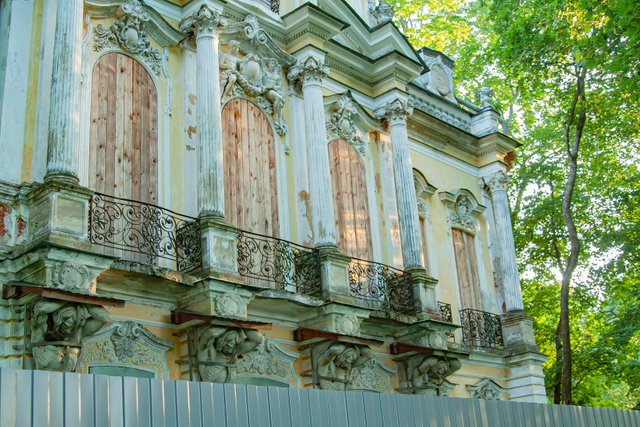
Когда-то, в конце 90-х годов я забрел сюда, гуляя в одиночестве, плохо зная о том, что можно найти в этом парке. Мне было интересно исследовать эти места, словно древнему конкистадора, который продирается сквозь непролазные американские джунгли в поисках города Эльдорадо. На самом деле всё здесь и так напоминает древние постройки прошлых цивилизаций. Лишь недавно отреставрированная церковь, расположенная неподалёку выбивается из того запущенного состояния, в котором всё здесь кдо сих пор находится.
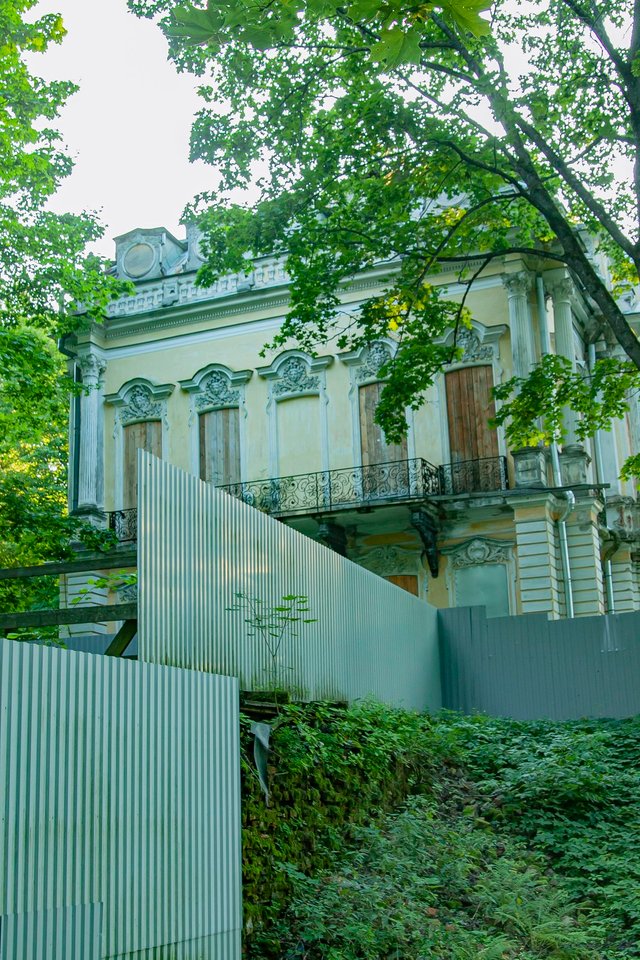
СПРАВКА ИЗ СЕТИ: В 1843 г. Николай I пожаловал Собственную дачу наследнику престола великому князю Александру Николаевичу, и начались большие работы по реконструкции ансамбля. В 1844-1850 гг. по проекту А. И. Штакеншнейдера был перестроен дворец. Он получил третий, мансардный этаж, фасады были оформлены в стиле необарокко. Морской и садовый фасады были акцентированы четырьмя атлантами, колоннами и сложным фронтоном. Так же, как и фасадам здания, его интерьерам были приданы черты, типичные для архитектуры барокко.
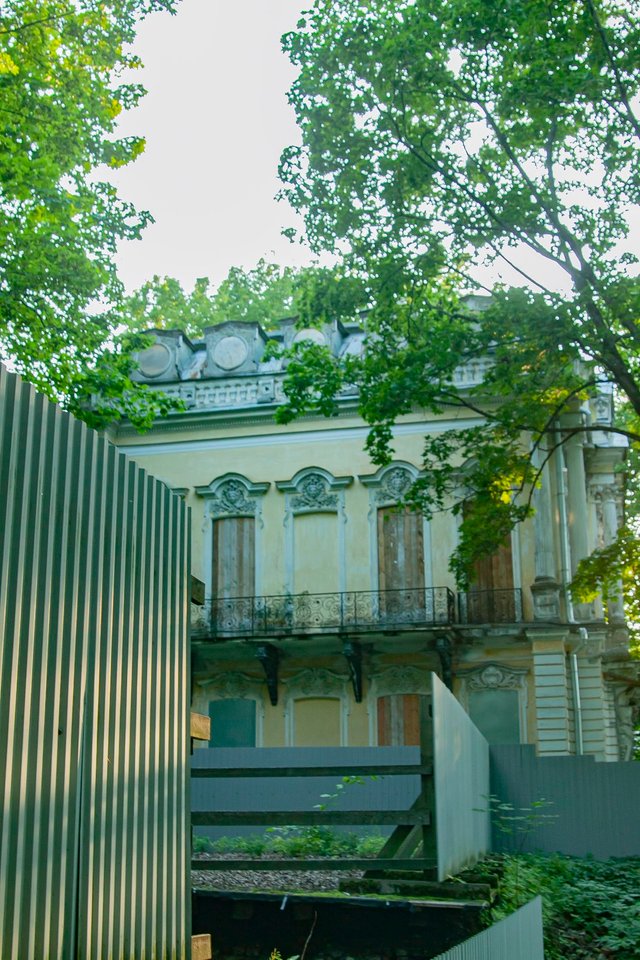
По своей сути Собственная дача Императора напоминает крепкий и красиво выстроенный дом. Здесь могла бы разместиться большая семья для отдыха вдали от городской суеты и в стороне от больших помпезных дворцов Петергофа и Царского Села. Именно в таком месте прекрасно проводить отдых, особенно, если и прилегающая к дому территория благоустроена наилучшим образом.
А ведь когда-то так и было здесь.
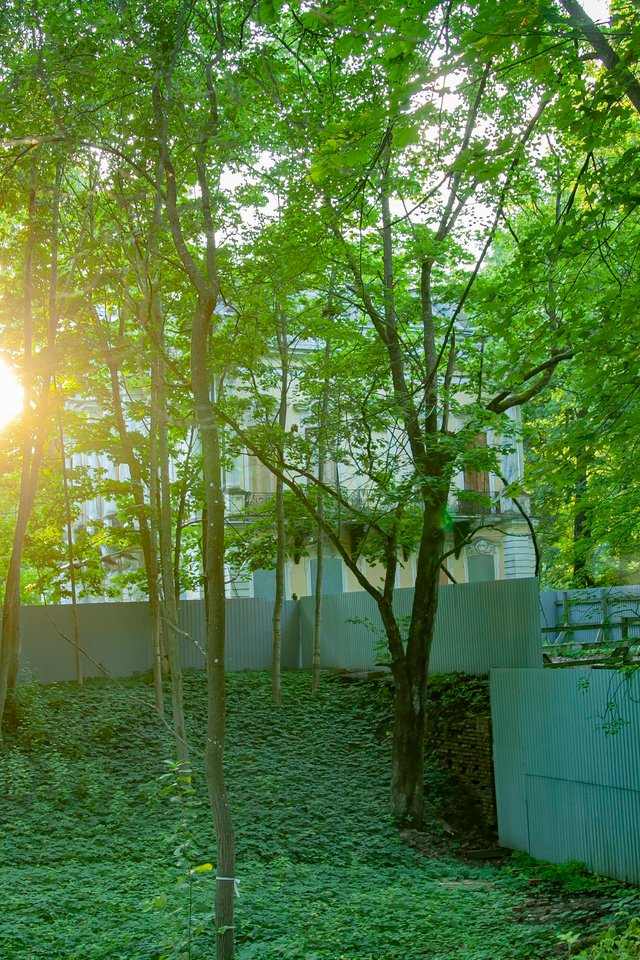
В разные годы этот дом исправно служил своим хозяевам. Если посмотреть на фотографии и репродукции старинных акварелей тех времён, здесь было всё, как в маленьком дворце: прекрасная обстановка, богатые интерьеры с позолотой в стиле барокко, также вокруг был разбит красивый сад и парк со скульптурами. Но постепенно всё это ветшало. После Октябрьской революции здесь был музей, который просуществовал до Великой Отечественной войны. Во время блокады здание сильно пострадало.
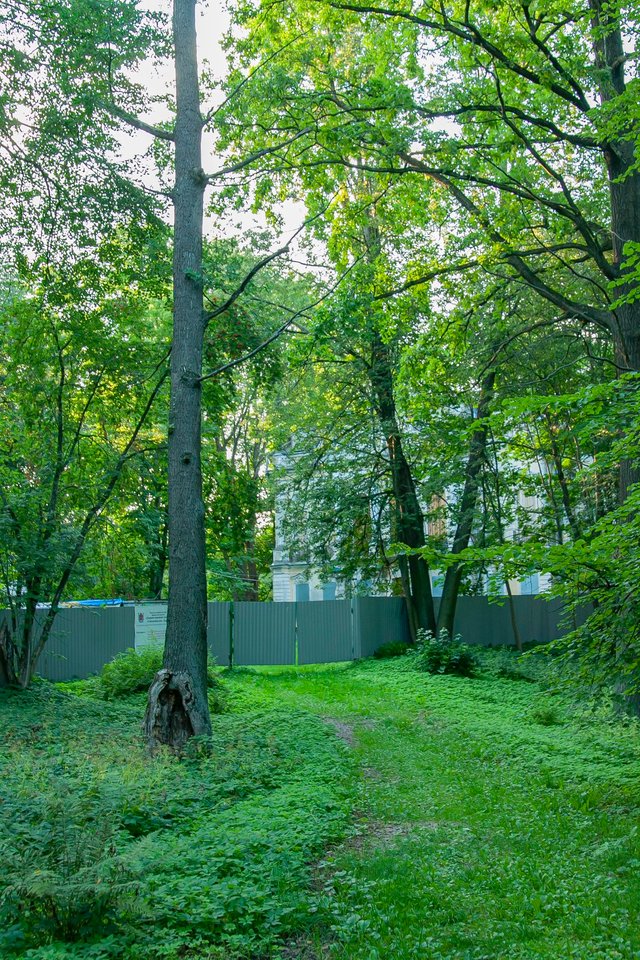
В 60-е годы прошлого века дачу начали реставрировать. Её полностью привели в порядок, восстановивпочти целиком так, как она была прежде. Но это место не очень пользовалось популярностью у туристов, поэтому в какое-то время здание дачи передали управлению культуры, позже здесь размещались разные общественные организации, и уже к 80-м годам здание было совершенно заброшено. Только в 2012 году здесь возобновились работы по восстановлению. Сейчас здание на консервации, тут практически не ведётся никаких работ. Скорей всего дело в недостаточном финансировании и можно надеяться, что в ближайшие годы здесь всё заново отреставрируют. И тогда Парк Сергиевка вновь засияет во всей своей прежней красе.
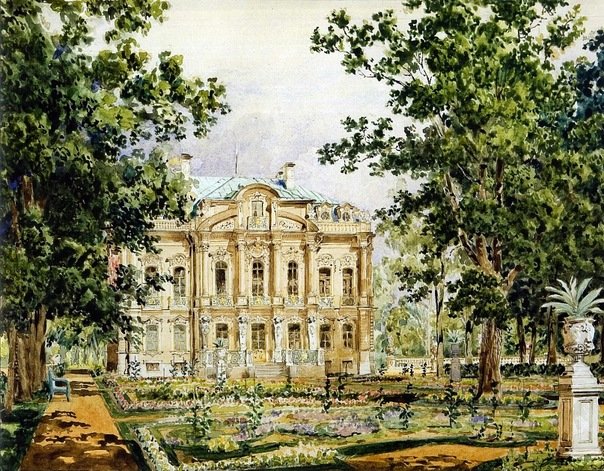
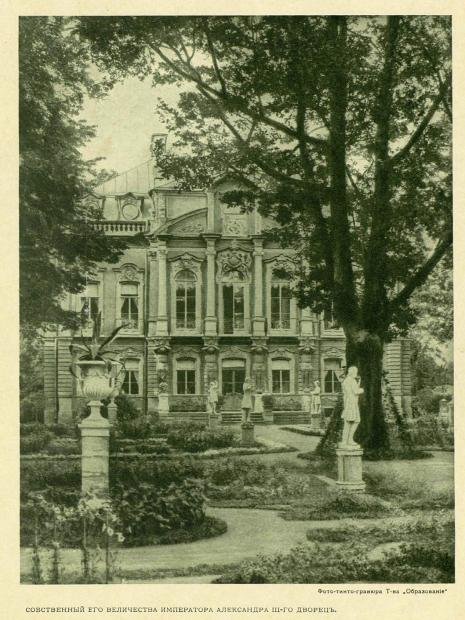
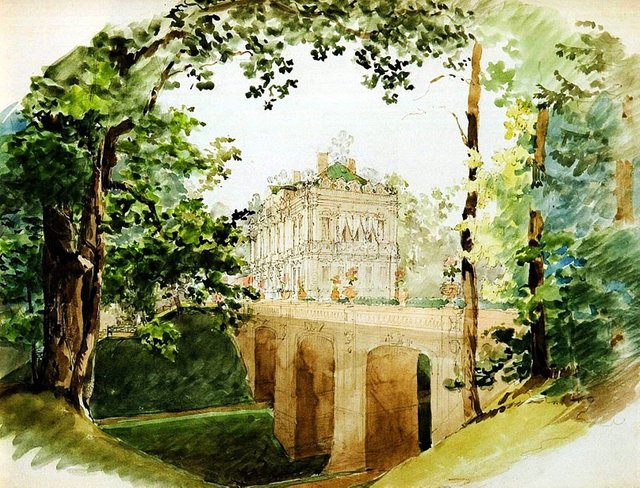
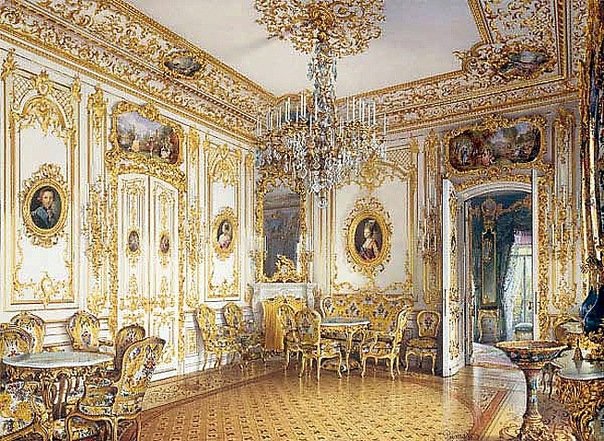
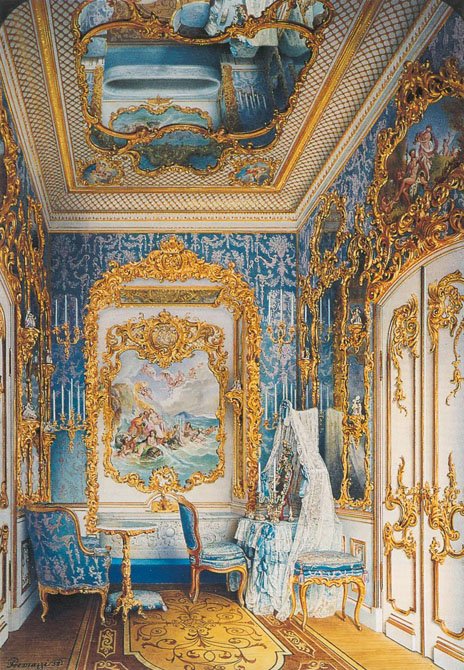
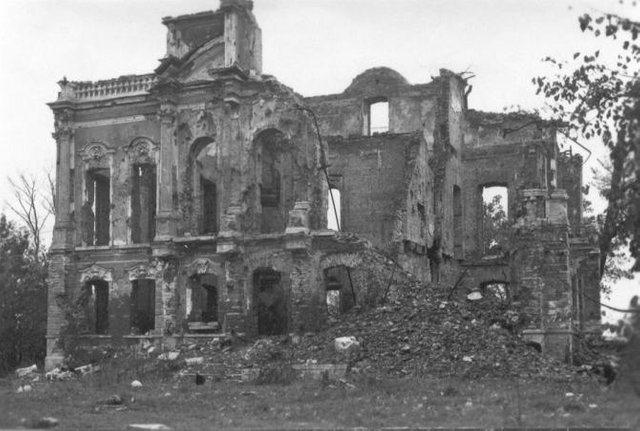

Hi, @yurche,
Your post has been manually curated!
Thank you very much )